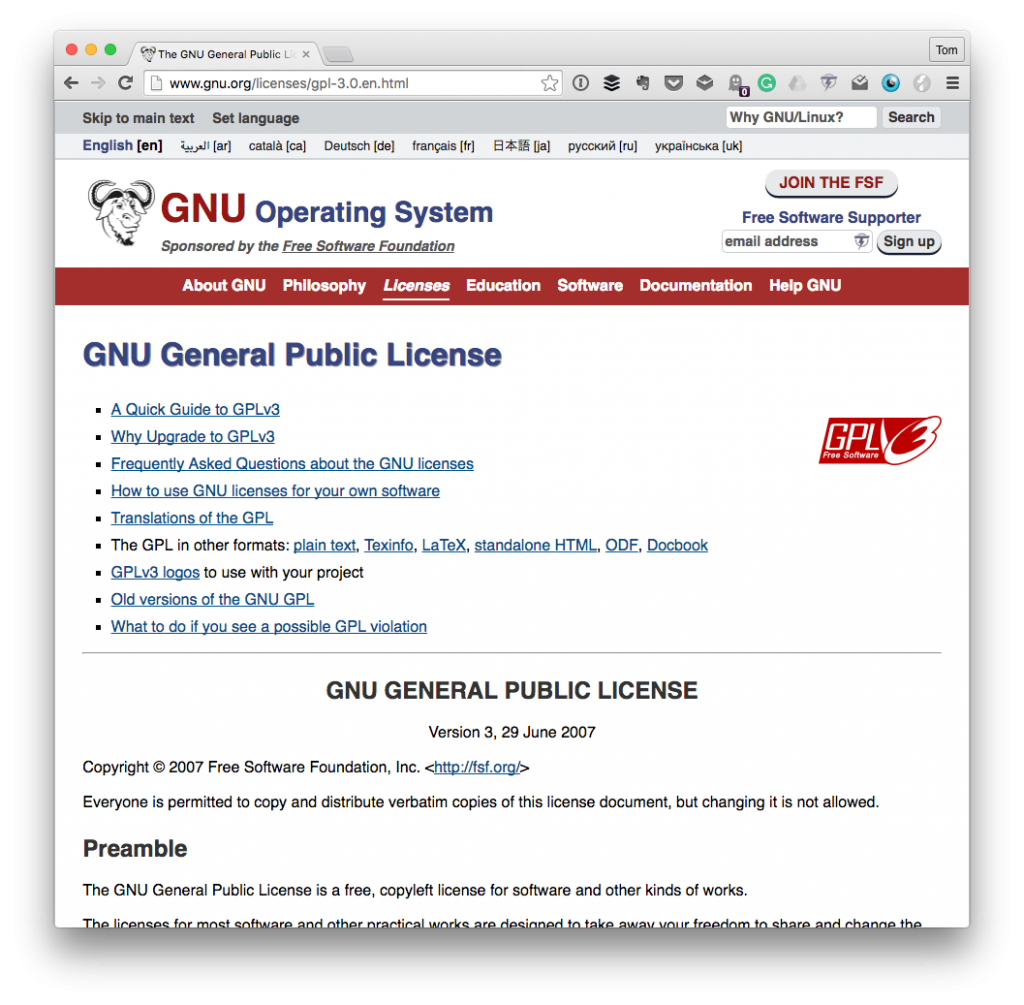If you have a project for a client or perhaps just for yourself, you may find that you need to upload a file in the WordPress back-end that is not supported by the core application.
Depending on the type of file that you want to introduce, you may need to add support for additional MIME types. Luckily, this is easy enough to do.

No, not that type of mime.
But before looking at the code for how to do it, I think it’s important to understand exactly what we’re adding (otherwise, we run the risk of copying and pasting code and not knowing what it is or what it does other than it works).





